Optimal Seasons for Foundation Repairs
Foundation repairs are most effectively performed during specific times of the year when weather conditions are favorable. Proper timing can minimize complications and ensure the longevity of repairs. Understanding seasonal patterns and soil conditions is essential for scheduling foundation work.
Spring offers moderate temperatures and stable soil conditions, making it an ideal time for foundation repairs. The ground is typically moist but not overly saturated, allowing for effective stabilization.
Summer can be suitable for foundation work if the weather remains dry. Hot temperatures may cause soil to dry out and shift, which could impact repair stability.
Fall provides cooler temperatures and less rain, creating favorable conditions for foundation repairs. Soil moisture levels are often ideal for excavation and stabilization.
Winter presents challenges such as freezing temperatures and frozen ground, which can hinder access and effectiveness of repairs. Certain repairs may be postponed until conditions improve.
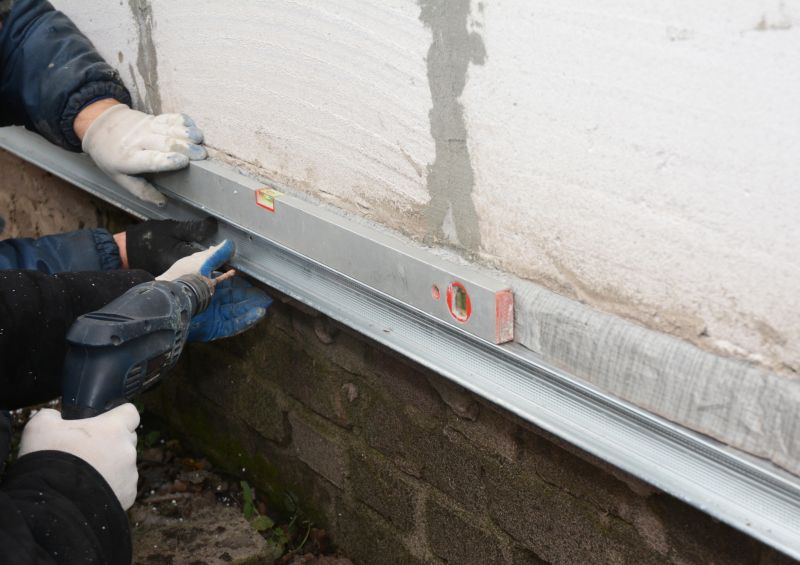
Springtime allows for optimal soil conditions for foundation stabilization.
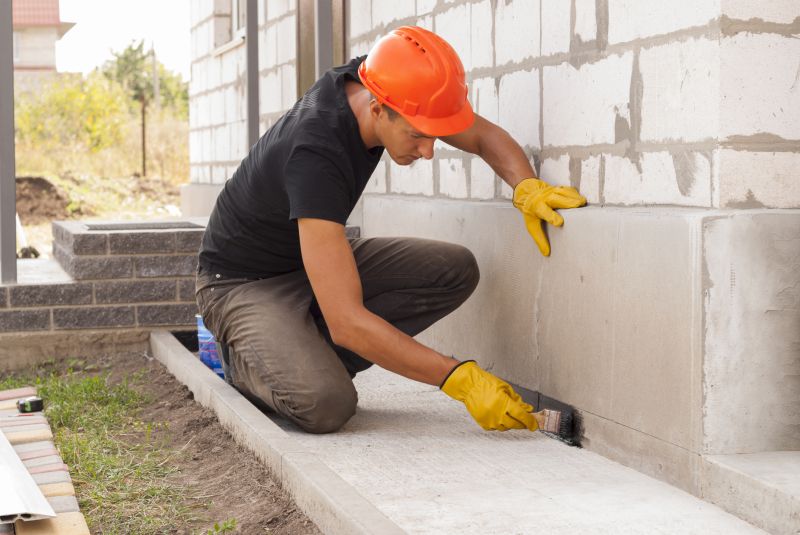
Dry summer months are suitable for certain foundation repairs.
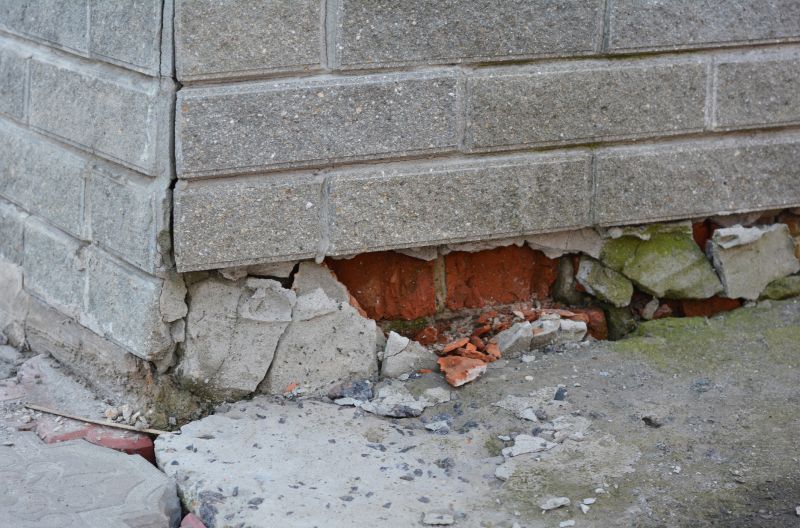
Fall offers ideal weather for foundation inspections and repairs.

Ways to make Foundation Repairs work in tight or awkward layouts.
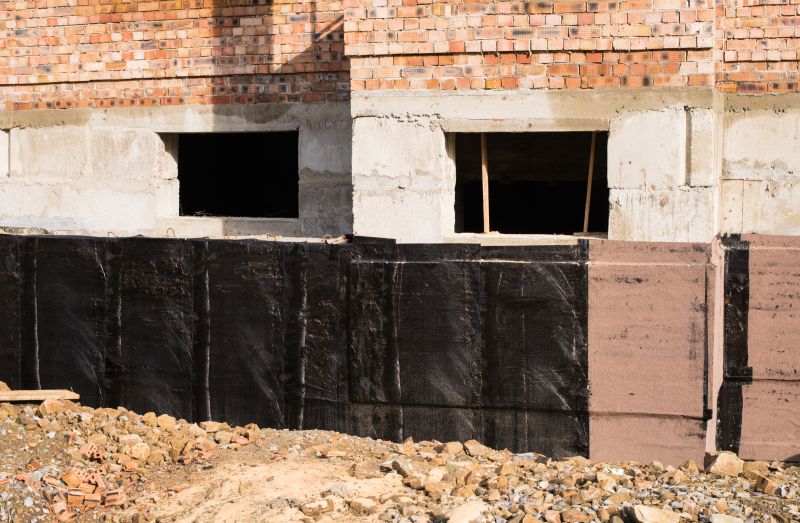
Popular materials for Foundation Repairs and why they hold up over time.
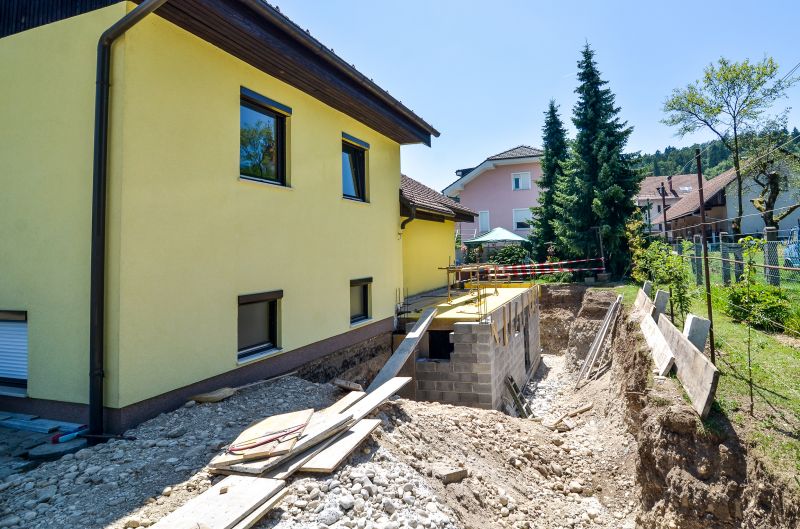
Simple add-ons that improve Foundation Repairs without blowing the budget.
| Season | Best Practices |
|---|---|
| Spring | Schedule repairs early in the season to take advantage of moist soil and moderate temperatures. |
| Summer | Perform repairs during dry spells, avoiding extreme heat and heavy rain. |
| Fall | Ideal for foundation stabilization before winter, with cooler weather and stable soil. |
| Winter | Postpone major repairs until ground thaws and weather improves. |
Foundation repairs involve stabilizing and strengthening the structural base of a building. Common issues include soil settlement, cracking, and shifting due to soil movement, moisture fluctuations, or poor construction. Addressing these problems promptly can prevent further damage and costly repairs. Statistics indicate that timely foundation work can extend the lifespan of a property and maintain its value. Proper assessment and planning are crucial for effective repairs, which may include underpinning, piering, or sealing cracks. Seasonal considerations play a significant role in the success of these interventions, with optimal periods aligning with stable weather and soil conditions.

A detailed view of underpinning and stabilization techniques.
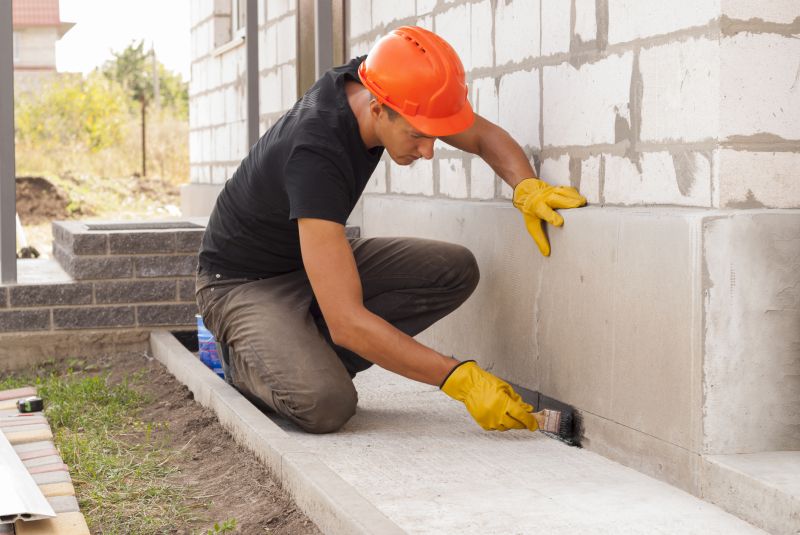
Methods used to seal and reinforce foundation cracks.
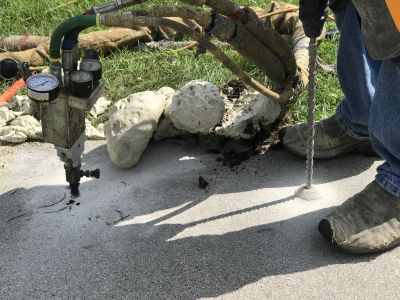
Equipment and materials used for soil stabilization around foundations.
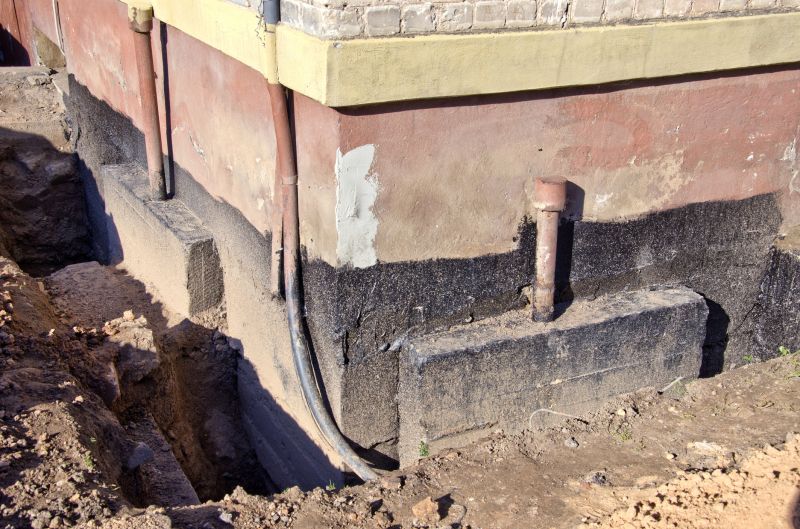
Before and after images of successful foundation stabilization.

High-end options that actually feel worth it for Foundation Repairs.
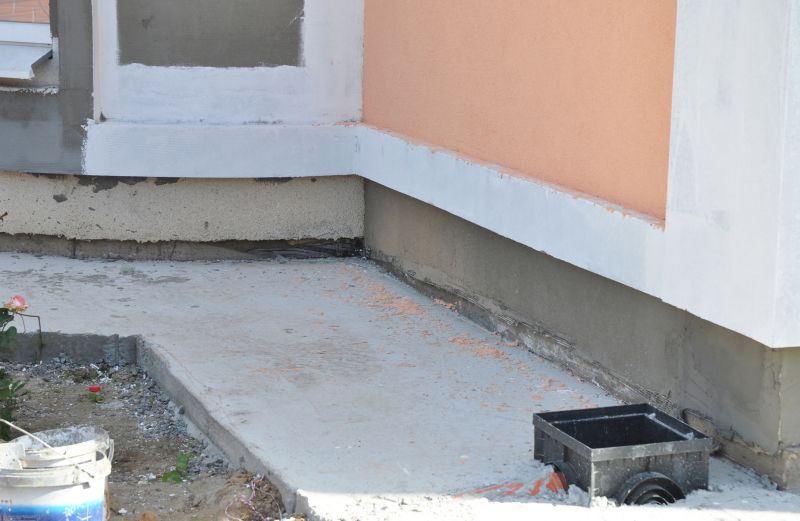
Finishes and colors that play nicely with Foundation Repairs.
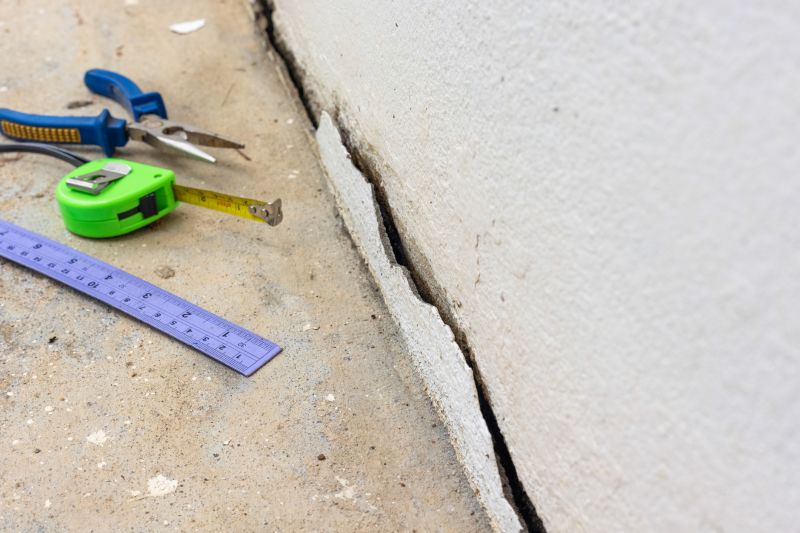
Little measurements that prevent headaches on Foundation Repairs day.
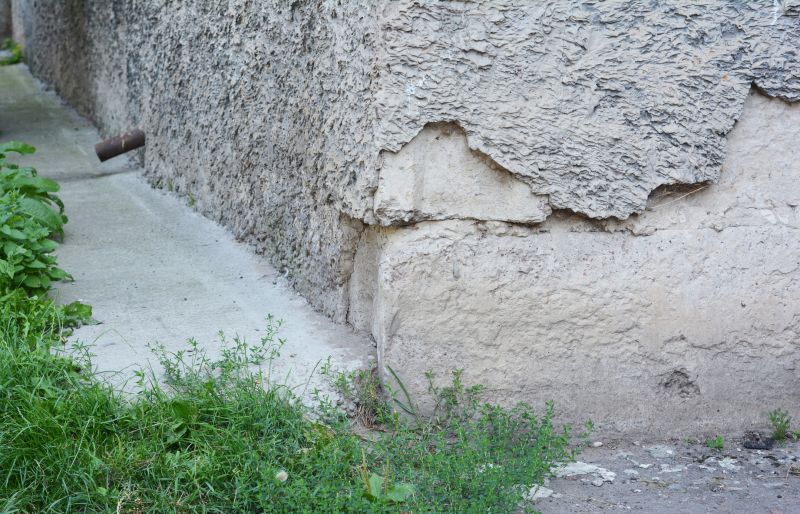
A 60-second routine that keeps Foundation Repairs looking new.
Individuals considering foundation repairs should evaluate seasonal weather patterns and soil conditions to determine the most suitable time. Consulting with foundation specialists can provide insights tailored to local climate and soil types. Proper timing ensures that repairs are durable and effective, reducing the risk of future issues. Regular inspections and early intervention are recommended to maintain structural integrity and property value over time.
Cracks in walls, uneven floors, and sticking doors may indicate foundation problems.
Proper drainage and soil management can help prevent foundation damage.
Select experienced professionals with a proven track record in foundation repairs.
Repair costs vary based on the extent of damage, repair method, and seasonal timing.

